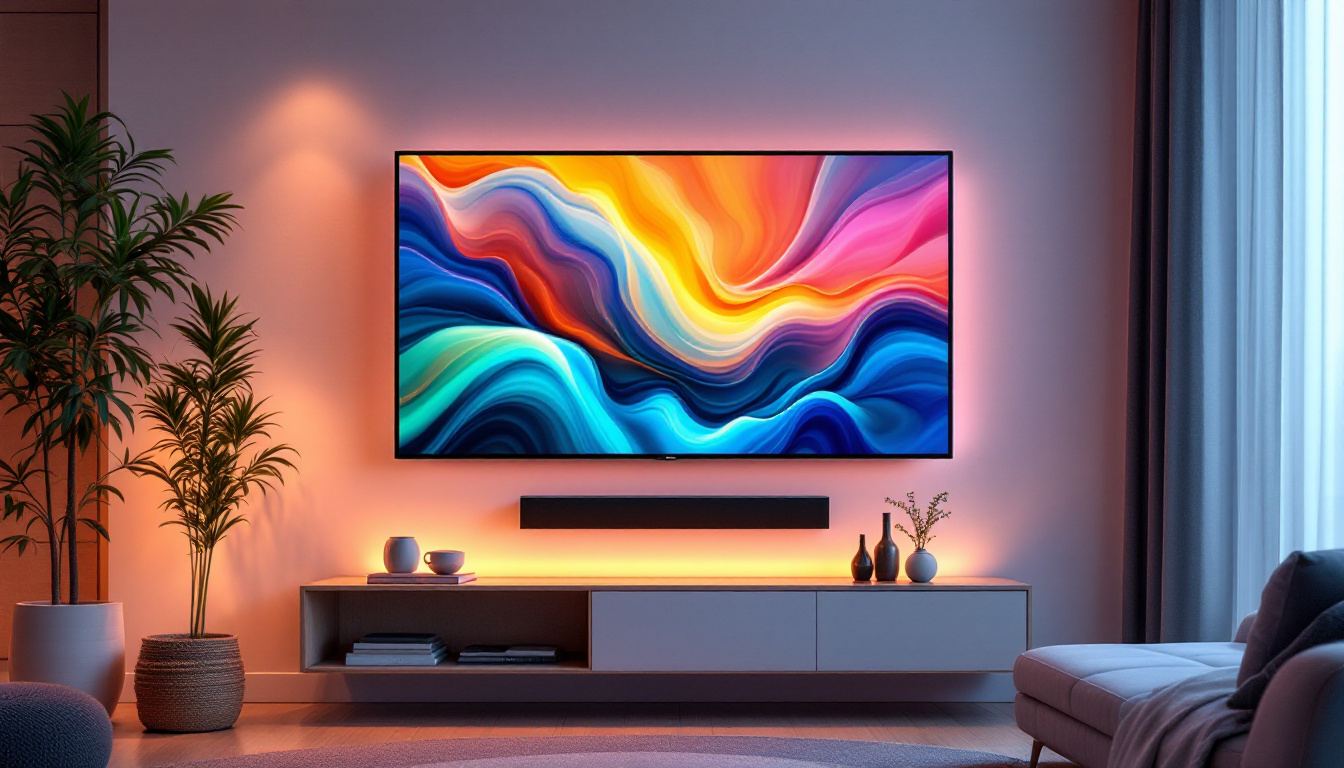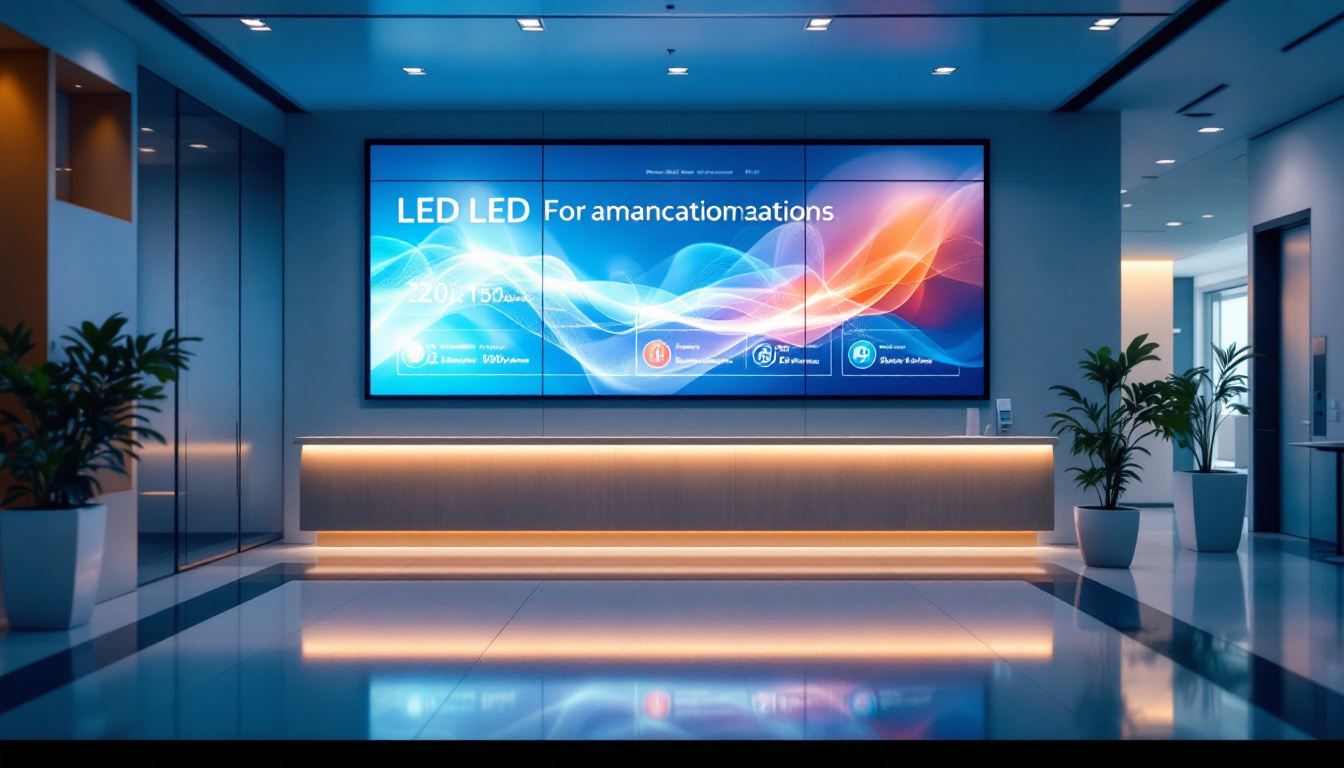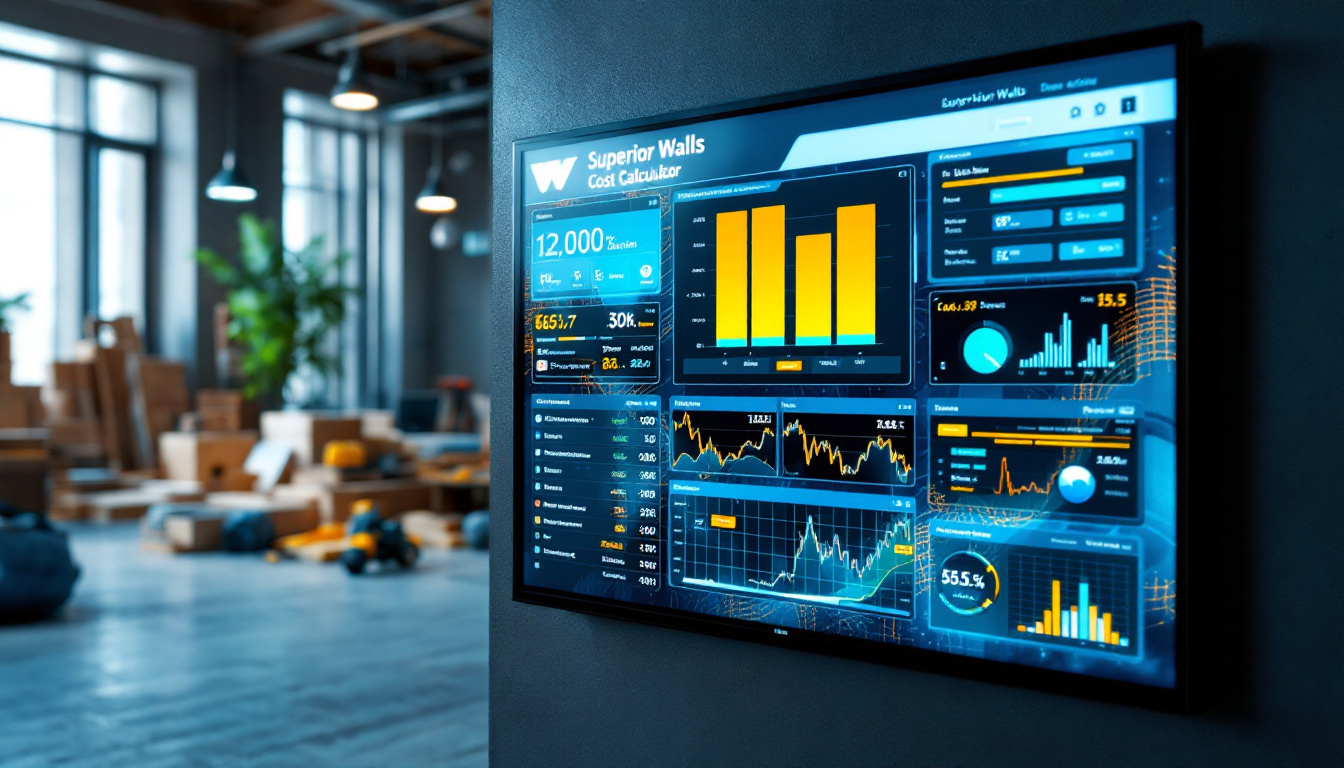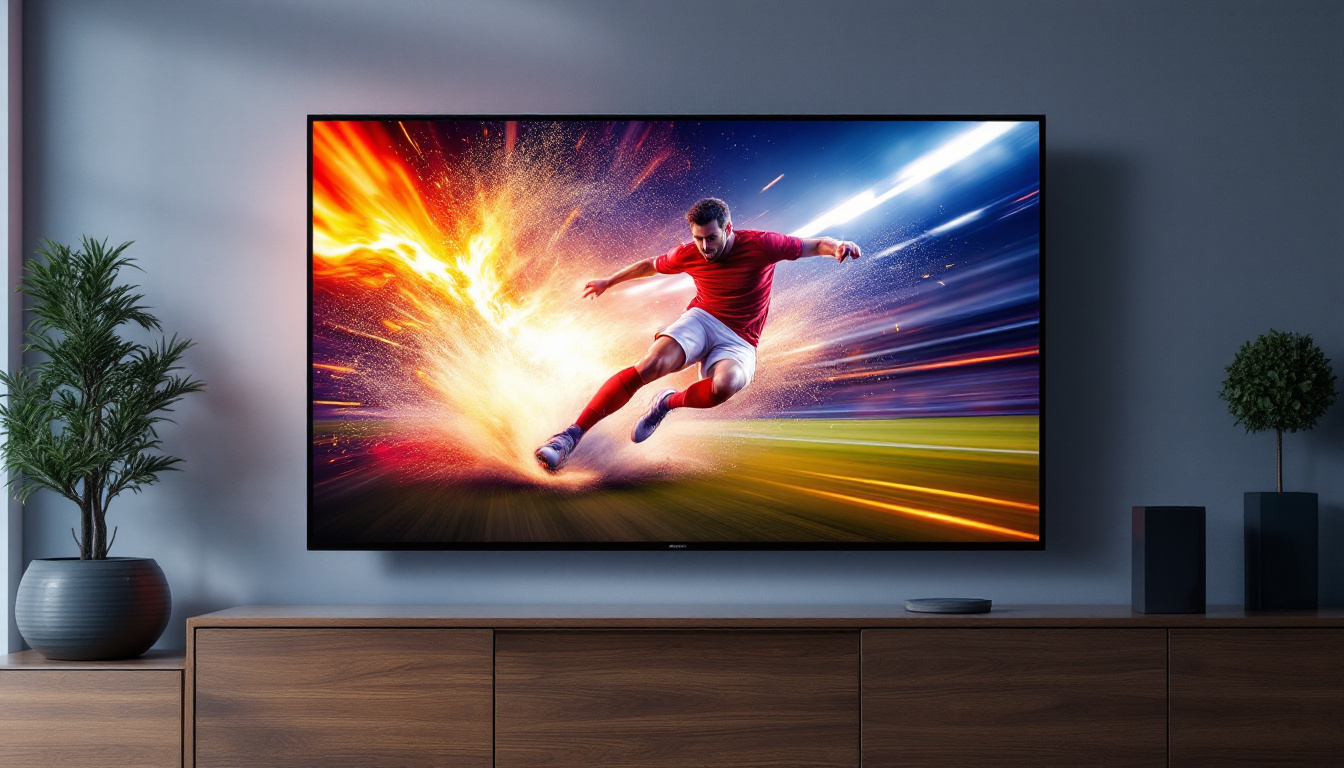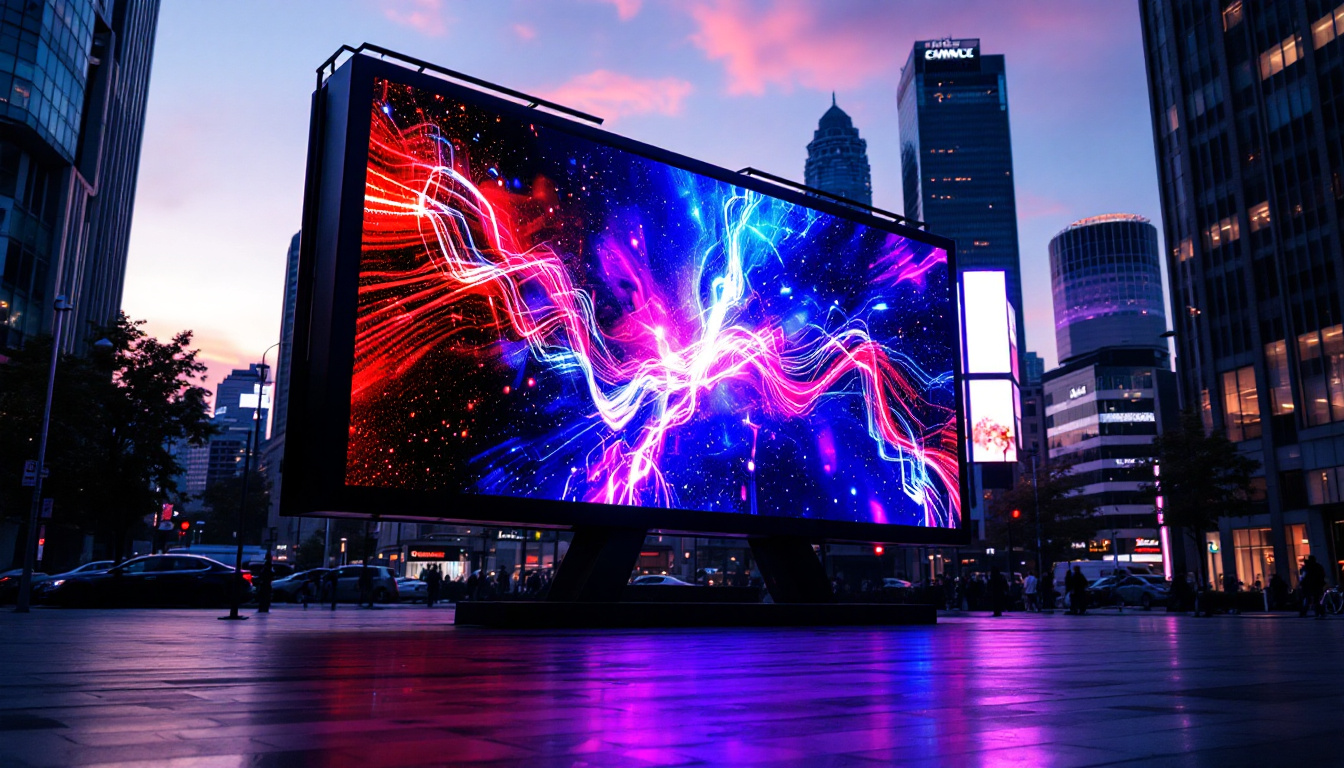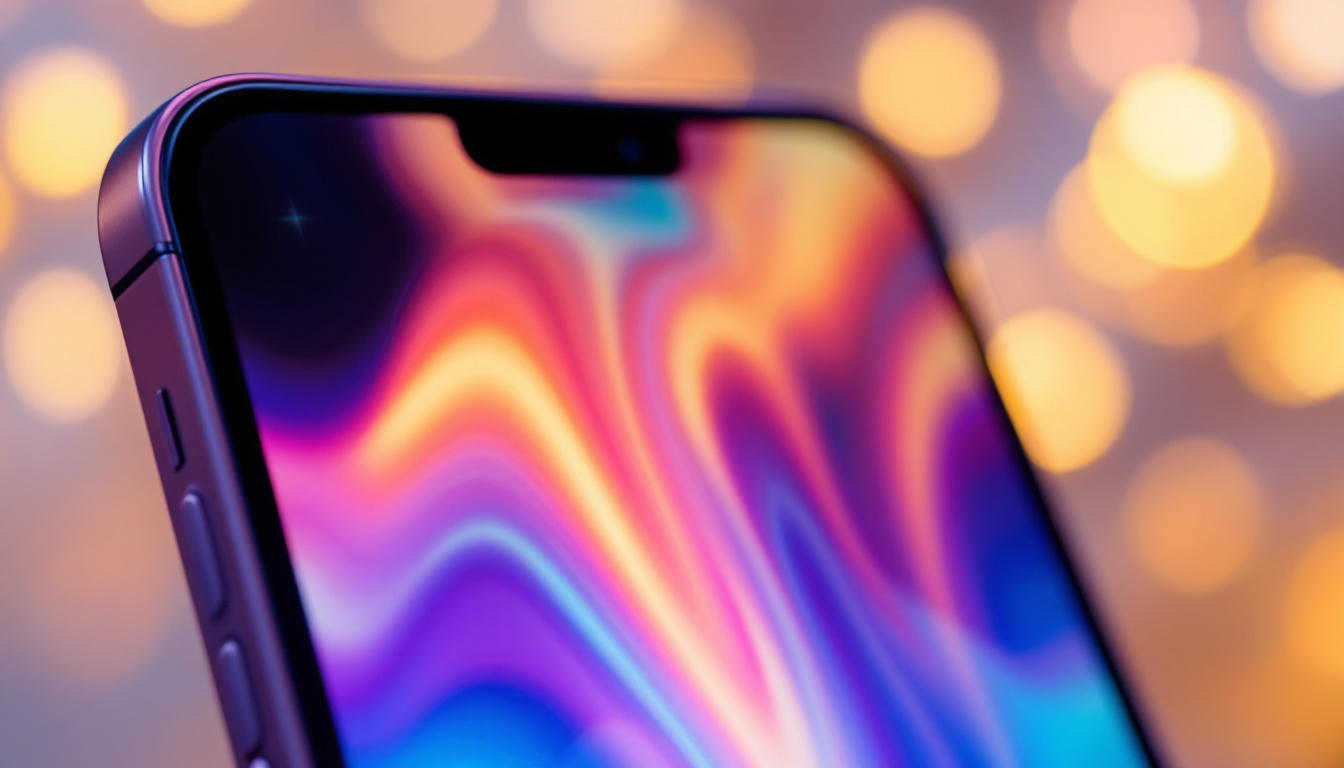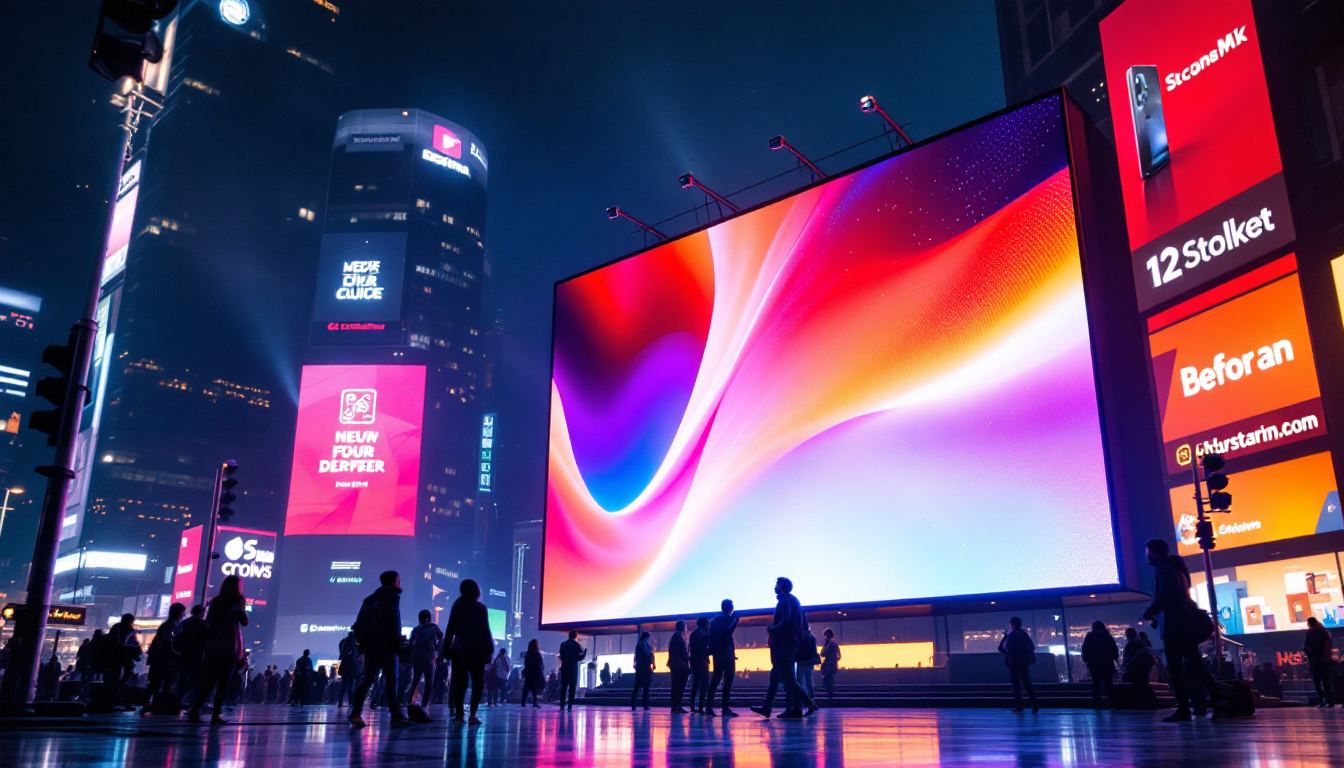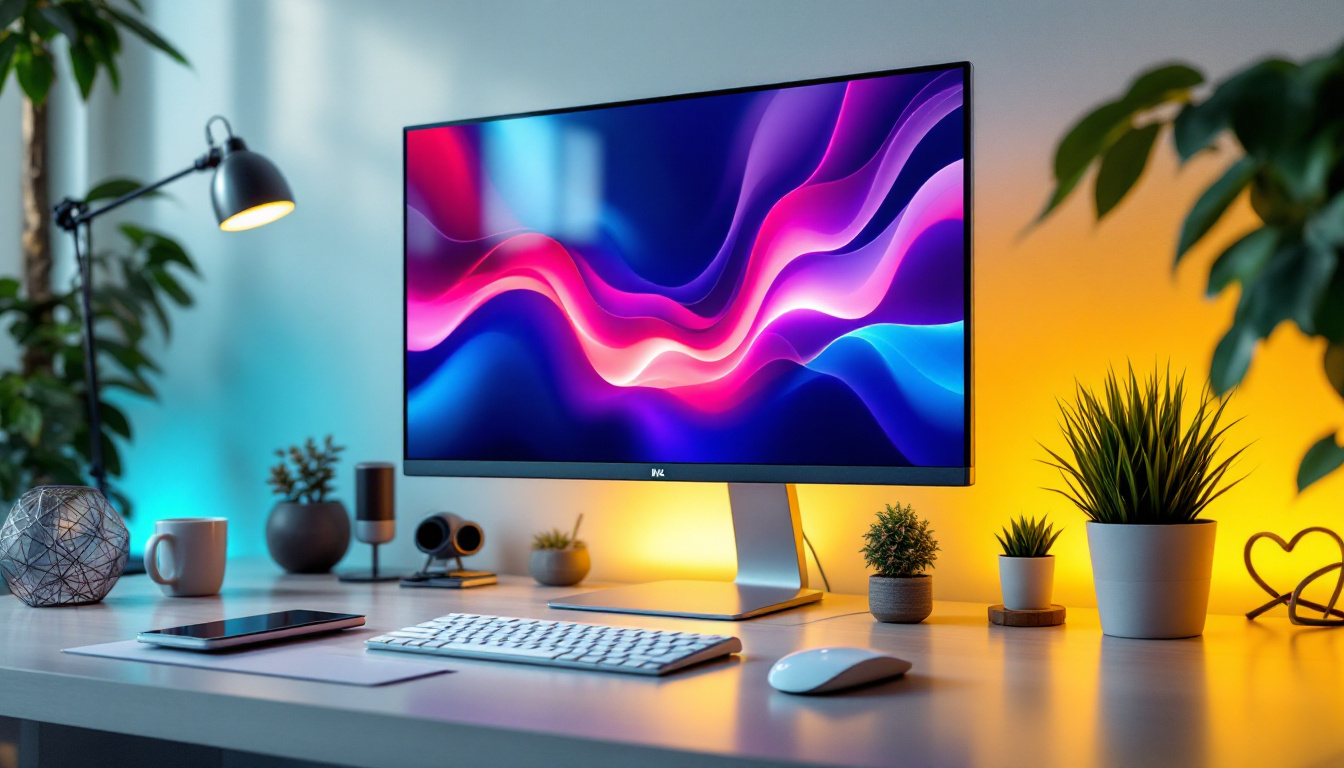The evolution of display technology has been remarkable, with innovations continually enhancing the user experience across various applications. Among these advancements, the 4K touchscreen display stands out, combining high-resolution visuals with interactive capabilities. This article delves into the intricacies of 4K touchscreen displays, specifically focusing on LED technology, its benefits, applications, and future prospects.
Understanding 4K Resolution
Before exploring the specifics of touchscreen technology, it’s essential to grasp what 4K resolution entails. 4K, also known as Ultra High Definition (UHD), refers to a display resolution of approximately 3840 x 2160 pixels. This resolution offers four times the pixel count of Full HD (1920 x 1080), resulting in sharper images and more detailed visuals. The increase in pixel count not only enhances the clarity of images but also allows for larger screen sizes without a loss of quality, making it an ideal choice for home theaters and large displays.
The Importance of Pixel Density
Pixel density plays a crucial role in the quality of a display. Higher pixel density means more pixels are packed into a given area, leading to finer details and smoother images. This is particularly beneficial for applications requiring precision, such as graphic design, video editing, and gaming. For instance, a designer can work on intricate details without worrying about pixelation, while gamers can enjoy a more lifelike experience with textures and environments that appear more realistic. Furthermore, as technology evolves, the demand for higher pixel density continues to grow, pushing manufacturers to innovate and create displays that can meet these expectations.
Benefits of 4K Resolution
Adopting 4K resolution provides several advantages, including enhanced clarity, improved color accuracy, and a more immersive viewing experience. Whether for professional use or entertainment, the benefits of 4K resolution are evident in various fields, from cinema to medical imaging. In the film industry, for example, 4K resolution has become the standard for high-quality productions, allowing filmmakers to capture and present their vision with unparalleled detail. Additionally, in medical imaging, the precision offered by 4K displays can aid in diagnostics, enabling healthcare professionals to analyze images with greater accuracy and make informed decisions. As streaming services and content creators increasingly adopt 4K technology, viewers can expect a richer and more engaging visual experience across various platforms.
Touchscreen Technology: An Overview
Touchscreen technology has revolutionized the way users interact with devices. By allowing direct interaction with the display, touchscreens have simplified navigation and enhanced user engagement. There are several types of touchscreen technologies, including resistive, capacitive, and optical, each with its unique characteristics.
Types of Touchscreen Technologies
Resistive touchscreens work by detecting pressure applied to the screen, making them suitable for environments where users may wear gloves. Capacitive touchscreens, on the other hand, rely on the electrical properties of the human body, offering a more responsive and accurate touch experience. Optical touchscreens utilize cameras to detect touch, allowing for multi-touch capabilities and larger screen sizes. Each of these technologies has its own set of advantages and disadvantages, making them suitable for different applications. For instance, resistive screens are often found in industrial settings due to their durability, while capacitive screens are prevalent in smartphones and tablets due to their sleek design and high sensitivity.
Integration of Touchscreen and 4K Technology
The combination of 4K resolution with touchscreen technology results in displays that not only provide stunning visuals but also allow for intuitive interaction. This integration is particularly advantageous in fields such as education, healthcare, and retail, where engaging users is paramount. In educational settings, for example, interactive 4K touchscreens can facilitate collaborative learning, enabling students to engage with content in a dynamic way. In healthcare, these displays can be used for patient monitoring and data visualization, allowing medical professionals to make informed decisions quickly. Retail environments benefit from this technology as well, where interactive kiosks can enhance the shopping experience by providing customers with detailed product information and personalized recommendations.
Moreover, the rise of touchscreen technology has led to innovations in user interface design, making applications more accessible and user-friendly. Designers are now focusing on creating interfaces that leverage the capabilities of touchscreens, such as gesture recognition and haptic feedback, which further enhance the user experience. As touchscreens continue to evolve, we can expect to see even more sophisticated applications in various industries, including gaming, automotive, and smart home devices, where seamless interaction is becoming increasingly essential.
LED Technology: The Backbone of 4K Touchscreen Displays
Light Emitting Diode (LED) technology is at the heart of modern display systems, including 4K touchscreen displays. LED displays utilize semiconductor technology to emit light, offering several advantages over traditional display technologies such as LCD and OLED.
Advantages of LED Displays
LED displays are known for their energy efficiency, longevity, and superior brightness. They can produce vibrant colors and deep blacks, enhancing the overall visual experience. Additionally, LED technology allows for thinner and lighter display designs, making it ideal for touchscreen applications. The low power consumption of LED displays not only reduces energy costs but also contributes to a smaller carbon footprint, making them an environmentally friendly choice for consumers and businesses alike. Furthermore, the rapid response time of LED technology ensures that touch interactions are smooth and instantaneous, which is crucial for applications requiring precision and responsiveness.
Different Types of LED Displays
There are primarily two types of LED displays: edge-lit and backlit. Edge-lit displays have LEDs positioned along the edges, while backlit displays have LEDs distributed across the entire panel. Each type has its own strengths, with backlit displays generally offering better uniformity and brightness. In addition to these, newer technologies such as Mini LED and Micro LED are emerging, pushing the boundaries of what is possible in display technology. Mini LED uses thousands of tiny LEDs to provide more precise local dimming, resulting in improved contrast and color accuracy, while Micro LED takes it a step further by using microscopic LEDs that can create self-emissive pixels, promising even greater efficiency and picture quality. These advancements are paving the way for more immersive and dynamic touchscreen experiences in various applications, from gaming to professional design work.
Applications of 4K Touchscreen Displays
The versatility of 4K touchscreen displays makes them suitable for a wide range of applications. From interactive kiosks to high-end gaming setups, the potential uses are extensive.
Education and Training
In educational settings, 4K touchscreen displays facilitate interactive learning experiences. They allow educators to present complex information in an engaging manner, incorporating multimedia elements that enhance understanding. Furthermore, students can interact directly with the content, fostering a more hands-on approach to learning.
Healthcare Solutions
In healthcare, 4K touchscreen displays are used for patient monitoring, imaging, and telemedicine. The high resolution ensures that medical professionals can view intricate details in imaging scans, leading to more accurate diagnoses and treatment plans. Touchscreen functionality allows for quick navigation through patient records and other critical information.
Retail and Advertising
Retail environments benefit from 4K touchscreen displays through interactive advertising and product demonstrations. These displays can attract customers’ attention and provide them with information about products in an engaging manner. Additionally, they can be used for digital signage, enhancing the overall shopping experience.
Future Trends in 4K Touchscreen Displays
The future of 4K touchscreen displays is bright, with several trends emerging that promise to enhance their capabilities further. Innovations in display technology, user interface design, and integration with other technologies are on the horizon.
Advancements in Touch Sensitivity
Future developments may include enhanced touch sensitivity, allowing for more precise interactions. This could be particularly beneficial in professional applications where accuracy is paramount, such as graphic design and medical imaging. Improved touch sensitivity would also enhance the gaming experience, making it more immersive.
Integration with Augmented Reality (AR) and Virtual Reality (VR)
The integration of 4K touchscreen displays with AR and VR technologies is another exciting trend. This combination could lead to innovative applications in various fields, from training simulations to interactive gaming experiences. By merging the physical and digital worlds, users can engage with content in entirely new ways.
Environmental Considerations
As sustainability becomes increasingly important, future 4K touchscreen displays may incorporate eco-friendly materials and energy-efficient technologies. Manufacturers are likely to focus on reducing the environmental impact of production and enhancing the recyclability of display components.
Choosing the Right 4K Touchscreen Display
When selecting a 4K touchscreen display, several factors should be considered to ensure it meets specific needs. Understanding the intended application, desired features, and budget constraints is essential for making an informed decision.
Key Features to Consider
Key features to look for in a 4K touchscreen display include screen size, touch technology, connectivity options, and durability. Larger screens are typically better for collaborative environments, while smaller screens may suffice for personal use. Additionally, consider whether the display is designed for commercial use, as these models often feature enhanced durability and longer lifespans.
Budget Considerations
Budget is a crucial factor when selecting a 4K touchscreen display. Prices can vary significantly based on brand, features, and technology. It is essential to balance the desired specifications with available funds, ensuring that the chosen display provides value for money.
Conclusion
The 4K touchscreen display represents a significant leap in display technology, merging high-resolution visuals with interactive capabilities. With LED technology at its core, these displays offer numerous advantages across various applications, from education to healthcare and retail. As advancements continue to shape the future of 4K touchscreen displays, users can expect even more innovative features and enhanced experiences.
In a world increasingly driven by visual content and interactive engagement, the importance of high-quality displays cannot be overstated. Investing in a 4K touchscreen display can significantly enhance productivity, learning, and entertainment, making it a valuable asset in any setting.
Discover LumenMatrix’s Advanced LED Display Solutions
Ready to elevate your visual experience with the latest in 4K touchscreen display technology? LumenMatrix is at the forefront of LED display innovation, offering a wide array of solutions tailored to your needs. Whether you’re looking to enhance your brand’s visibility, create immersive environments, or captivate your audience with stunning graphics, our Indoor and Outdoor LED Wall Displays, Vehicle LED Displays, and more are designed to make a lasting impression. Don’t miss the opportunity to transform your space with our cutting-edge displays. Check out LumenMatrix LED Display Solutions today and see the difference for yourself.


